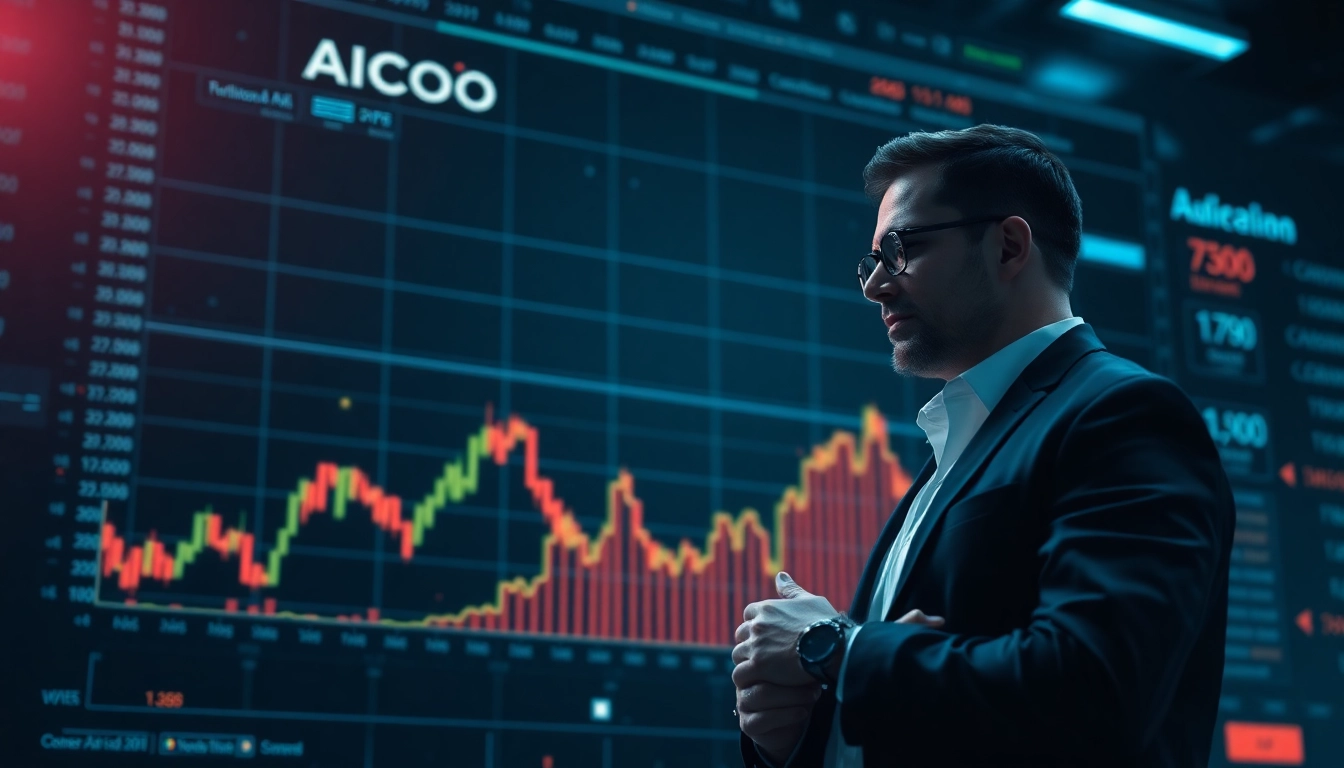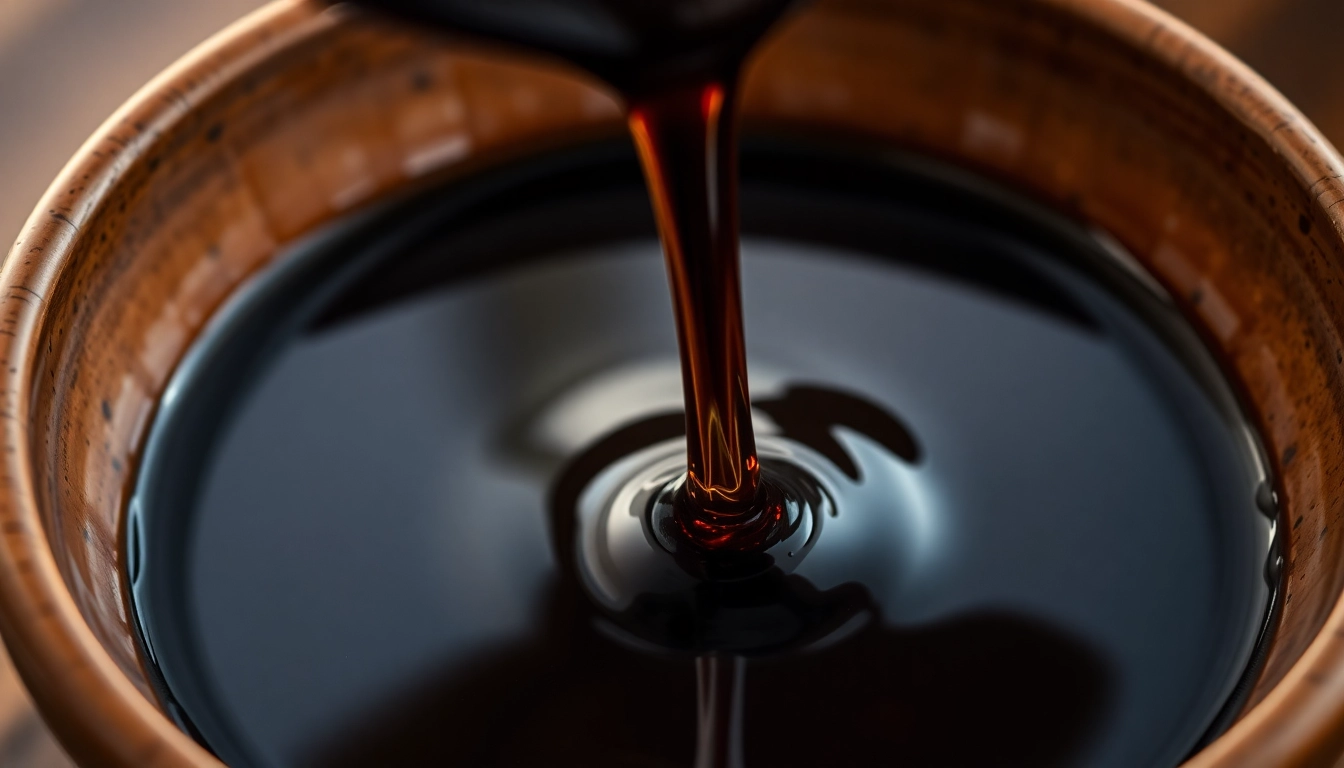Introduction to Trading View and Its Market Role
In today’s fast-paced financial landscape, traders and investors demand sophisticated tools that enable real-time analysis, strategic planning, and community engagement. Among the numerous platforms available, trading view has emerged as a leading solution, blending advanced charting capabilities, social interaction, and comprehensive market data into an intuitive interface. Its reputation for delivering powerful analytical tools combined with a vibrant community makes it indispensable for both novice traders and seasoned professionals.
Trading view is more than just a charting platform; it is a multifaceted ecosystem where users can track and analyze a wide array of financial instruments, including stocks, cryptocurrencies, forex, commodities, and indices. This connectivity and versatility position it as a hub for global market insights, enabling traders to make informed decisions quickly and confidently. The platform’s ability to integrate real-time data feeds, customizable alerts, and collaborative features sets it apart from competitors, fulfilling the core needs of modern trading strategies.
Getting Started with Trading View
Creating an Account and Customizing Your Dashboard
Embarking on your trading journey with TradingView begins with creating a free account. Registration is straightforward, requiring just an email address, or you can sign up via social media accounts for convenience. Once registered, you’re directed to a customizable dashboard that serves as your command center. Here, you can organize watchlists, set up favorite charts, and tailor the interface to best suit your trading style.
Customization allows traders to prioritize relevant data and streamline workflow. For example, you might feature charts for your most-traded securities, add pertinent news feeds, or configure multiple tabs for different asset classes. This personalized workspace enhances efficiency and keeps critical information at your fingertips.
Navigating Essential Tools and Chart Types
TradingView offers a comprehensive suite of tools to analyze markets. The platform’s main attraction—the charting interface—supports various chart types, including line, bar, candle, and Heikin Ashi, among others. Users can select chart types based on their analysis preferences or trading strategies.
Tabs at the top of the interface provide access to technical indicators such as Moving Averages, RSI, MACD, Bollinger Bands, and more. These can be layered onto charts, giving traders the flexibility to develop complex, multi-indicator setups. Additionally, the platform offers drawing tools—trendlines, Fibonacci retracements, and shape annotations—allowing precise trend identification and pattern recognition.
Connecting Data Feeds and Setting Up Alerts
Real-time data feeds are crucial for timely decision-making. TradingView integrates multiple data sources, ensuring that charts reflect live market movements. Users can connect their brokerage accounts or use the platform’s extensive data partnerships for stocks, cryptocurrencies, and forex.
Alerts are another vital feature, enabling traders to set notifications based on predefined conditions such as price levels, indicator signals, or pattern formations. These alerts can be delivered via email, SMS, or in-app notifications, keeping traders informed even when away from their screens.
Advanced Market Analysis Using Trading View
Utilizing Technical Indicators and Overlays Effectively
Technical analysis is the backbone of most trading strategies, and TradingView’s extensive library of indicators allows for sophisticated analysis. Combining multiple indicators, like RSI with Moving Averages, can reveal entry and exit points more accurately. For example, a trader might look for RSI divergence alongside a moving average crossover to identify potential trend reversals.
Overlays such as Fibonacci retracements, Ichimoku clouds, and pivot points further enhance analysis by providing context and support/resistance levels. Mastery of these tools requires understanding their signals, limitations, and best application practices, which TradingView facilitates with clear visualizations and customization options.
Incorporating Fundamental Data and Economic Calendars
While technical analysis focuses on price patterns, fundamental analysis offers insights into underlying asset value. TradingView integrates economic calendars, company earnings reports, and macroeconomic indicators directly into its platform. Traders can view upcoming events that might impact markets, such as interest rate decisions or geopolitical updates, and incorporate this data into their decision-making process.
This holistic approach enables traders to consider both short-term technical signals and long-term fundamental factors, creating more balanced and informed strategies.
Applying Drawing Tools for Precise Trend Analysis
Accurate trend analysis depends heavily on visual tools. TradingView’s drawing suite—trendlines, channels, shapes, and text annotations—allows traders to mark breakout points, identify consolidation zones, or visualize support and resistance levels. Combining these drawings with indicator signals provides a comprehensive view of market dynamics, facilitating precise and confident trading decisions.
Implementing Trading Strategies on Trading View
Backtesting Trading Ideas with Historical Data
One of TradingView’s standout features is its ability to backtest trading strategies. Users can define their entry and exit rules using Pine Script, TradingView’s proprietary scripting language, or employ predefined strategies available in the community library. Backtesting allows traders to evaluate how their approach would have performed historically, identifying strengths and weaknesses before risking real capital.
This process involves analyzing metrics such as profit factor, drawdown, and win rate, helping traders to refine their approach and improve overall robustness.
Sharing and Collaborating with the Trading View Community
TradingView fosters a vibrant social environment where users share ideas, charts, and strategies. The platform hosts an active community where traders publish ideas and comment on others’ analyses. Collaborating within this community provides valuable feedback, alternative perspectives, and learning opportunities. Many successful traders grow their reputation by publishing insightful analyses and engaging with peers.
Community features also include following traders, creating watchlists, and participating in trading challenges—making it a dynamic environment for continuous learning and idea refinement.
Integrating Trading View with Brokerage Accounts for Live Trading
For traders seeking a seamless transition from analysis to execution, TradingView offers integration with numerous brokerage platforms. Through direct connection, users can execute trades from within the platform, monitor positions, and manage portfolios without switching interfaces. This integration streamlines the trading process, ensures faster order placement, and reduces operational errors.
It also allows for setting up automated alerts that trigger live trades, facilitating algorithmic or rule-based trading approaches.
Measuring Success and Optimizing Your Trading Approach
Tracking Performance and Adjusting Strategies
Effective trading relies on consistent performance evaluation. TradingView provides detailed charts and reports to monitor your trading outcomes over time. By analyzing win/loss ratios, average profit, and drawdowns, traders can identify what strategies work best and where improvements are needed.
Through iterative testing and refinement, traders can optimize their parameters, reduce risk, and increase profitability—creating a disciplined, data-driven trading process.
Leveraging Social Insights and Community Ideas
The TradingView community is a valuable resource for market sentiment and strategic ideas. Reviewing popular community charts, shared analysis, and collaborative discussions offers insights into market trends and emerging opportunities. Successful traders often incorporate community wisdom into their decision-making, balancing personal analysis with crowd insights.
Staying active within the community also helps traders stay updated on new tools, indicator developments, and platform features, ensuring they leverage all available resources for continuous improvement.
Staying Updated with Platform Updates and Market Trends
Financial markets evolve rapidly, and so do trading tools. Regularly updating your knowledge of TradingView’s new features, technical upgrades, and policy changes ensures that you utilize the platform’s full potential. Moreover, monitoring market news and trends outside the platform complements technical analysis, creating a comprehensive trading approach.
Subscribed traders often benefit from platform webinars, tutorials, and community events that deepen their skill set and market understanding.









